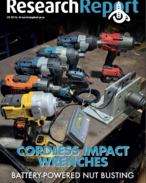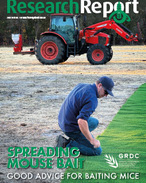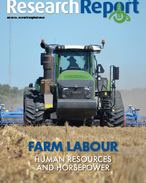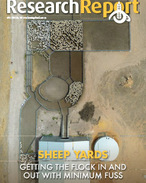This article is 7 years old. Images might not display.
Paul Slack, a dryland cotton farmer east of Moree, NSW, is considering his options but is cautious about the ramifications of a full no-till cropping rotation on his farms.
Slack said weed management in cotton has seen several transitions in the past 20 years.
“Before Roundup-Ready cotton, we applied pre-emergent herbicide in a band behind the planter and relied on chippers or shielded sprayers to remove any survivors or late emerging weeds. With the adoption of Roundup Ready Ingard, then Bollgard II cotton across the industry, growers started using less and less pre-emergent herbicide and in the last eight to 10 years or so we have been heavily reliant on glyphosate,” Slack said.
Weed Smart said with the only real cultural control being cultivation for the purpose of pupae busting, which also helps reduce the weed burden, there has been an over reliance on just one herbicide group. Although there is less cultivation required using Bollgard 3 in production, there is still a recommendation to kill the cotton crop and any green bridge weeds or volunteers.
Slack said cultivation may still feature in his weed management program.
“We would never cultivate after corn or wheat but cultivation after cotton or chickpea is a good option to fix wash-outs or deep wheel tracks while there are lower levels of stubble in the paddocks. Uneven landform presents significant challenges for spraying, especially with optical sprayers, so it is important to repair damage as soon as possible,” he said.
“We have grown cotton every year since 1989 and know that no-till and stubble conservation in the grain phase of our dryland system is worth an additional half to one bale of cotton per hectare.”
The NSW cotton producer said he got into trouble with herbicide resistance as a result of the short wheat/chickpea/wheat rotation that was used for 15 years or more, like many others in the district.
“The legacy of this routine is our ongoing battle with Group A resistant black oats,” Slack said.
One strategy Slack and his agronomist Tony Lockrey, AMPS Moree, have put in place is a longer rotation with summer and winter crop options across the 4850ha of cropping land. Cotton and corn are the best fit for summer with wheat and chickpea in winter.
“Usually we can double crop from corn into chickpea and possibly also from cotton to chickpea,” Slack said.
“Wheat follows chickpea before returning to cotton or corn, providing a profitable mix of commodities,” he said.
“Currently we are using a three year rotation and could consider lengthening this more. Disease management and nematode levels influence crop rotation choices and then we plan our use of residual herbicides keeping plant-back restrictions and chemical MOA rotation in mind.”
Read the full case study on Paul Slack HERE.






















